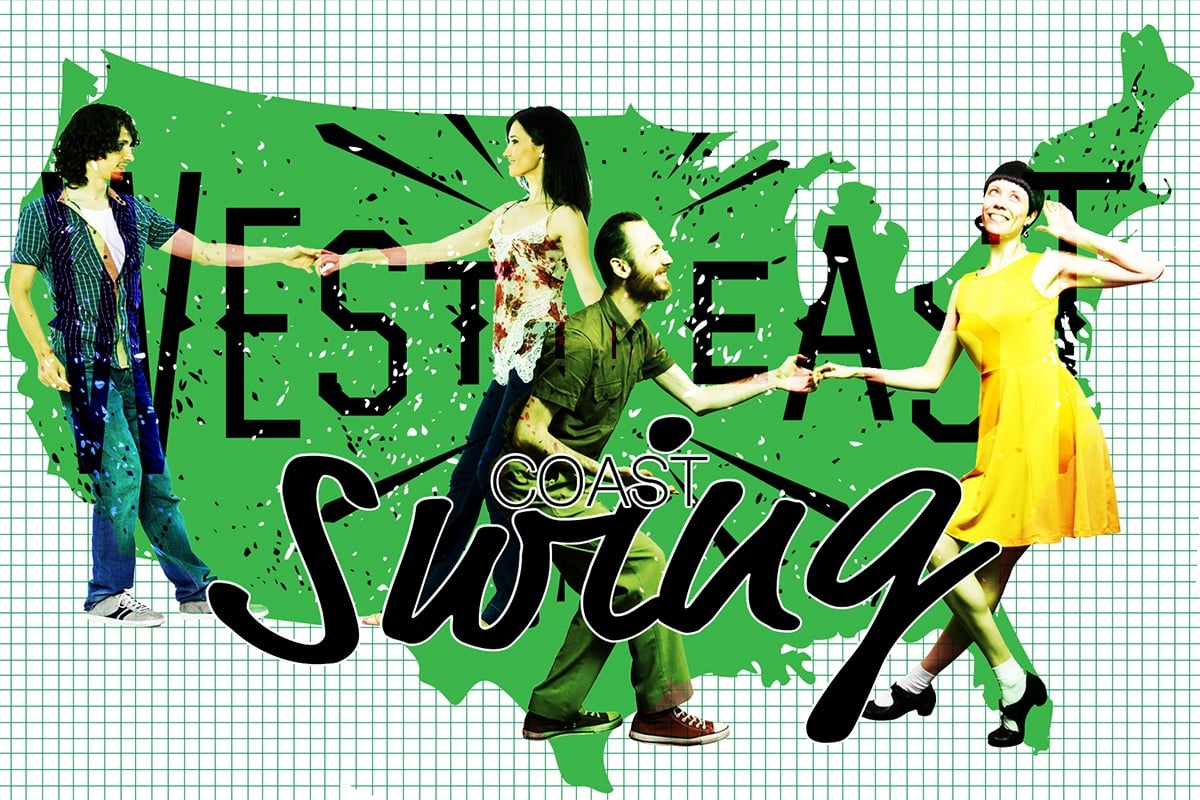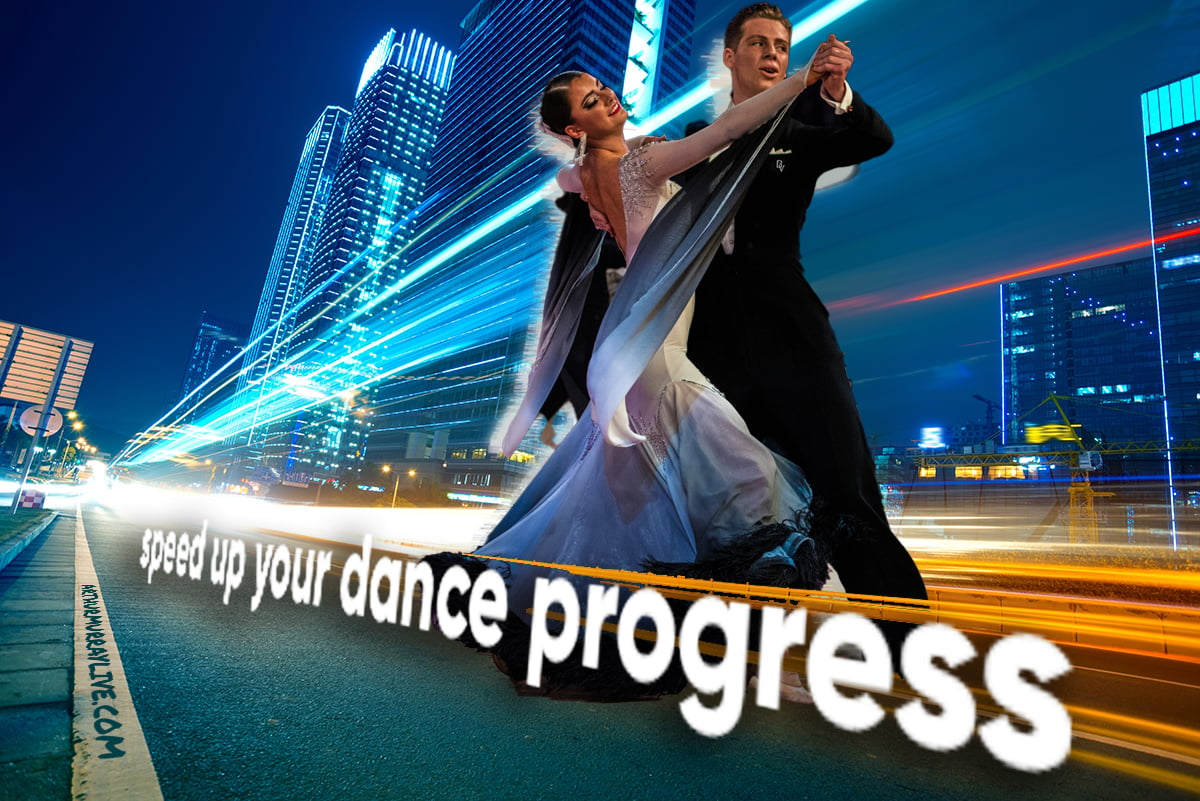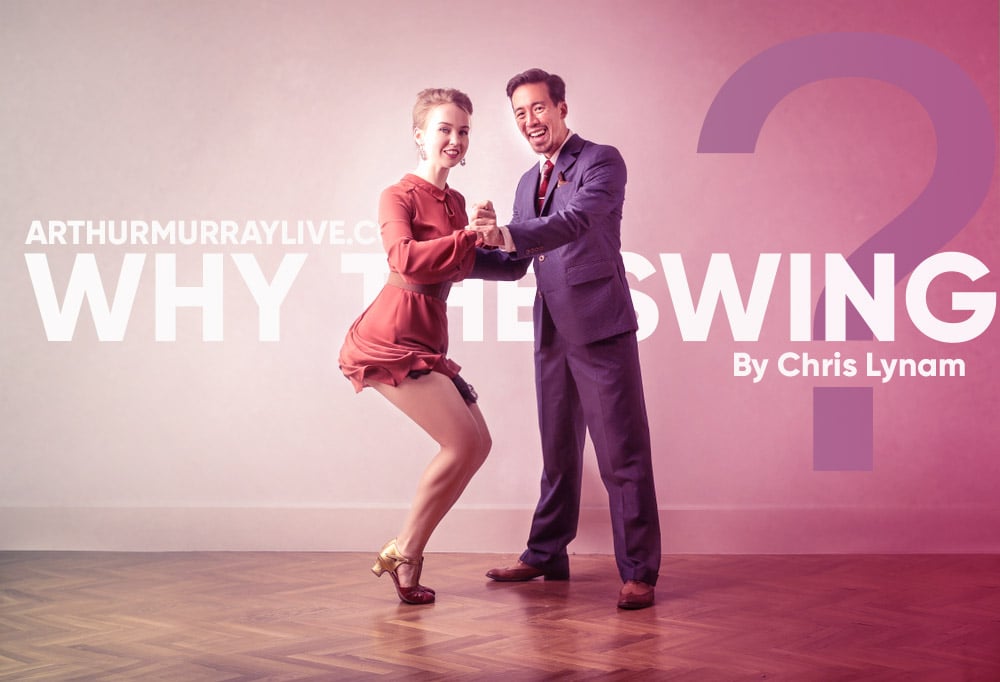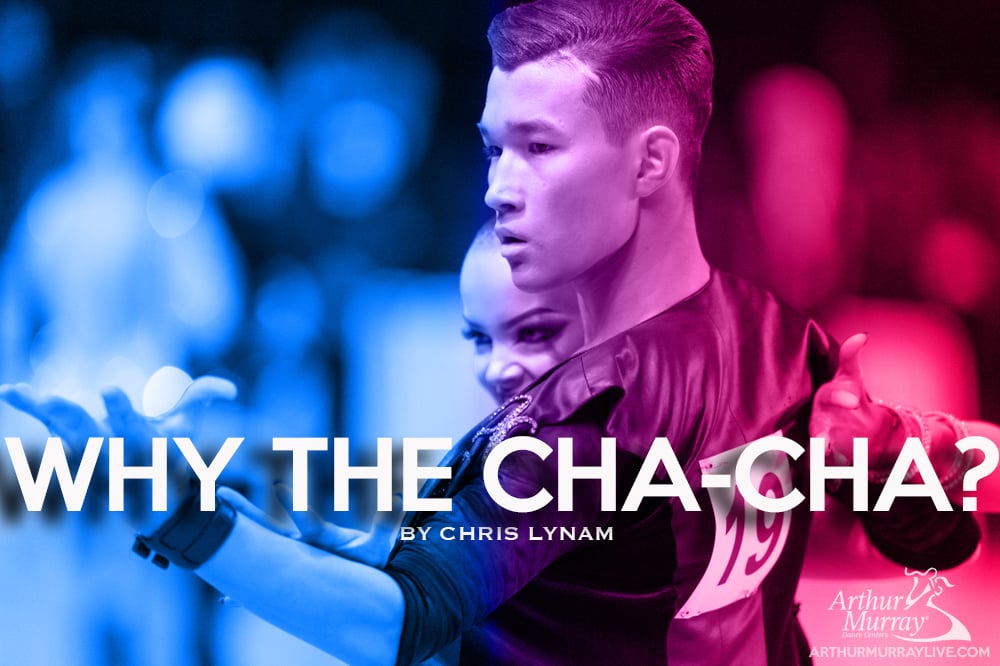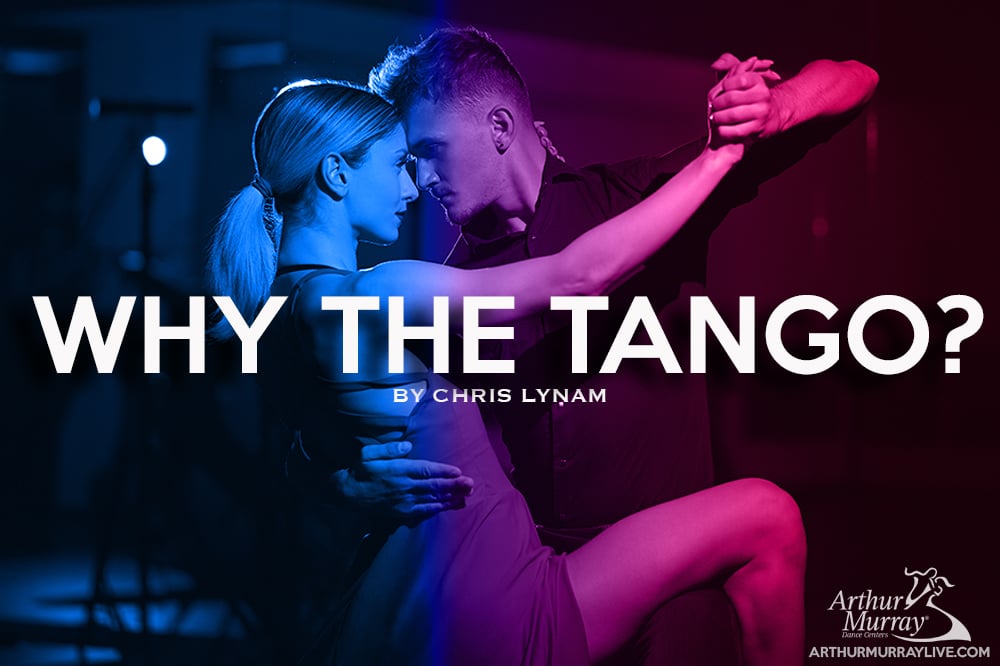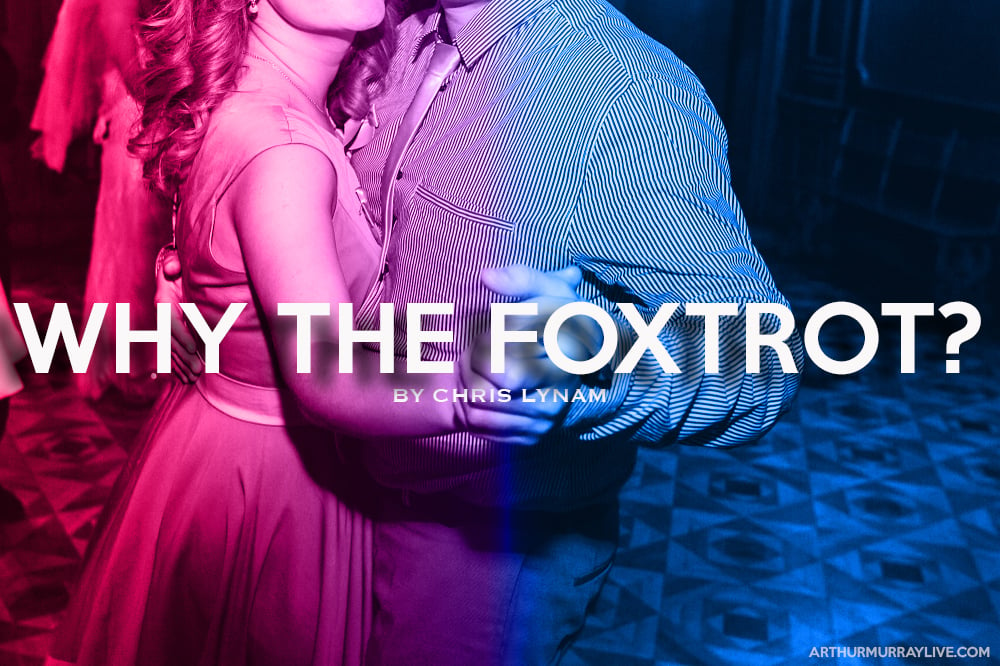
To help demystify the niche world of ballroom dancing, we're going to shine the spotlight on the dividing line between East Coast Swing and West Coast Swing.
Without clarity, the swing dancers from either side could seem like rival dance gangs - which immediately conjures images of something out of West Side Story.
As incredible as the ensuing dance fight might be, we'd prefer to eliminate any speculation, shop talk, or any other barriers to entry to Swing dancing, regardless of the style.
East Coast Vs. West Coast Swing: What's the Difference?
1. The Components
The East Coast style of Swing is made up of two triple steps and one rock step.
The West Coast style of Swing is made up of two walking steps and *two triple steps.
*The first of the two triple steps can be replaced and stylized with many different options like tap steps and the second triple step is commonly referred to as an "anchor step".
2. The Style
The East Coast Swing, by and large, is circular. The dance has a mix of turns and wraps, but it set on a circular rotation left or right. The
The West Coast version of Swing has many of the same turns and wraps but with one, monumental, difference: Everything moves in a linear fashion. Also referred to as "the slot", West Coast restricts the movement to a straight line for the most part, which enhances the self expression by way of footwork and timing.
3. The Music
The East Coast Swing is historically associated with big band jazz music. While that was certainly considered Swing music at the inception point of the dance craze, it certainly doesn't limit the music choices today. As a dance, Swing benefitted from the music revolutions in American culture: from Jazz, to Rock N' Roll, Disco, and Pop. Today, East Coast Swing, or any other variation of the dance, can be done to any of the aforementioned genres of music.
The West Coast Swing has its musical roots in jazz music as well, but slower blues music is the genre the dance hangs its hat on. The perfect fit with Blues doesn't stop West Coast dancers from using more contemporary music like R&B or even Hip-Hop.
4. The Technique
The East Coast Swing is an energetic dance. In fact, it's two main attributes showcase that energy: Rotation and Bounce. With a continuous, flexing of the knees the dance highlights the 2 & 4 beats of the music. For more advanced dancers, the EC Swing is done with a single hip action on the triple steps, and double hip action (like Merengue), on the rock step.
The West Coast Swing is a master class in energy conservation. The technique of the dance is to restrict excess upper body movement and eliminate any bounce action you may see in the East Coast version of the dance. This limitation, however, is what creates an incredible attention to detail on smooth footwork and clear changes in rhythm.
5. The Application
The East Coast Swing is, easily, one of the most versatile dances for wedding receptions, office parties, and live music festivals. Whether you stick with it exclusively, or pair it with a dance like Foxtrot, Rumba, or Cha-Cha, it's a must have for social dancing.
The West Coast Swing is a great example of a social dance upgrade. While many dancers sit out the slower tempo music, West Coast dancers stay on the floor and never cease to impress. In addition to the smooth movement many onlookers appreciate the ease of execution, great timing, and fellow social dancers will notice the subtle leading and following.
Final Thought
Fortunately, there is no East Coast/West Coast war between the Swing styles, so you'll never have to make a permanent decision on which coast of swing deserves your allegiance.
The best social dancers are adaptable. After all, you can't always control the tempo or style of music, but you can control whether you dance to it or not.
The East and West Coast versions of Swing allow you to do that in the most popular settings for social dancing.
So start with one, pick up the other, and use them depending on your mood, the music, or what the DJ or band decides to play.



